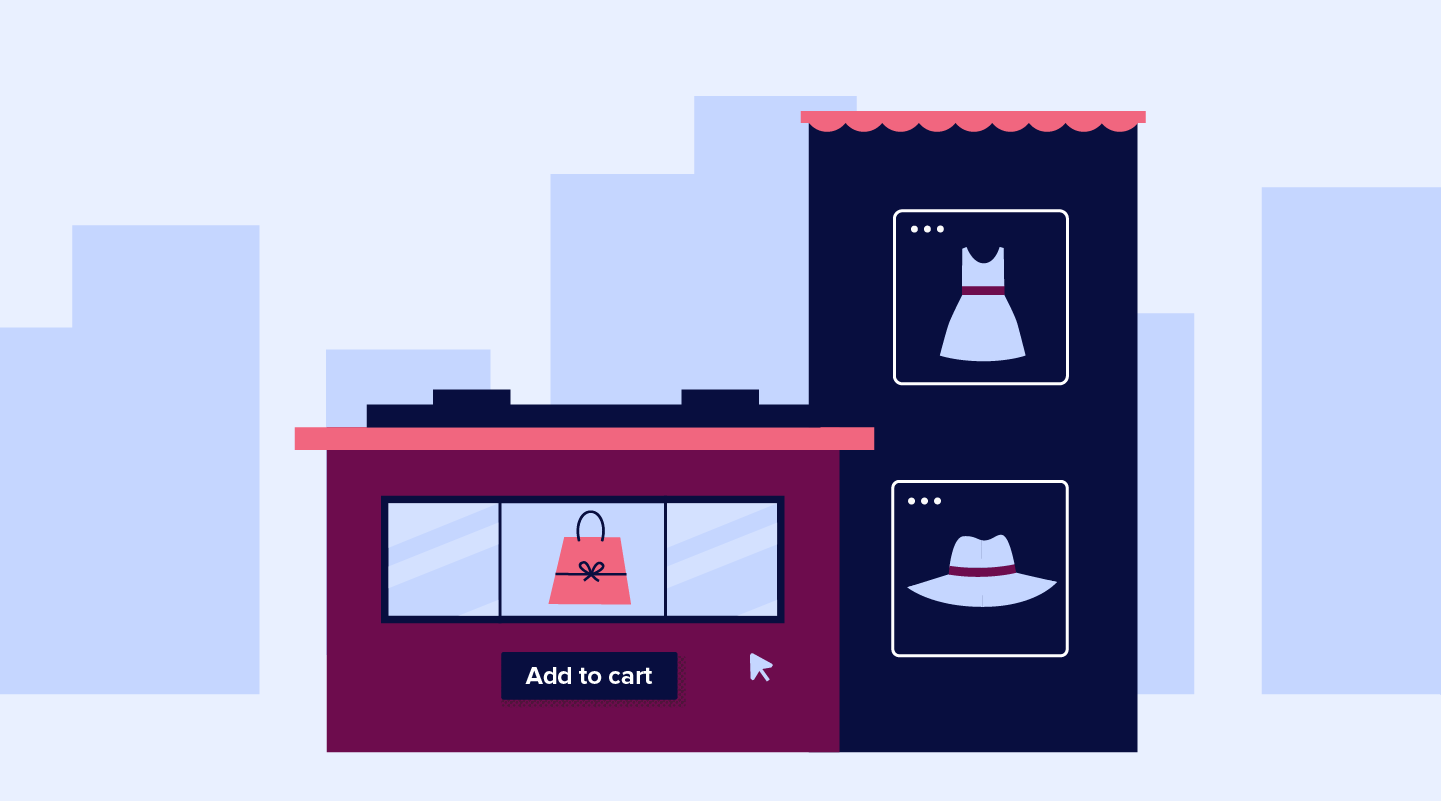As global apparel revenues plummeted almost 20 per cent in 2020, e-commerce has emerged as the silver lining of the fashion industry’s challenging year. Digital-first retailers like Asos, Farfetch, and Revolve weathered the storm much better than their competitors. E-commerce fashion sales are expected to grow almost 39 per cent between 2020 and 2023. What can retailers do to make the most of this opportunity?
Fear of the unknown customer can backfire
New customers are a major growth engine for retailers, but many merchants view first-time online shoppers as high-risk due to their unfamiliar behaviour and lack of purchase history. A sudden influx of new customers can mean a bump in revenue – or a wave of fraud or policy abuse.
In a recent report, Riskified looked at the impact of the recent shift to e-commerce on fashion retailers. Our data already shows that across the e-commerce landscape, up to 70 per cent of orders that are declined by merchants are made by legitimate customers. But a closer look at the high-end fashion segment paints an even clearer picture: In the second quarter of 2020, when stay-home orders prompted unprecedented migration online, new customers flooded high-end retailers disproportionately, with some merchants seeing an increase of over 50 per cent. The overall fraud rate, in contrast, rose by less than 1 per cent, meaning that the overwhelming majority of these new customers were good actors.
Retailers who rely on rigid rule-based systems or who use a manual review team that might not be able to handle a big order spike risk leaving a lot of money on the table – not to mention alienating potential loyal buyers who might now go to a competitor instead.
Customers want to pay you. Let them
Online shoppers want variety – and they want it for everything, including their payment options. Offering more payment methods has been shown to increase conversion rates on fashion websites, but many retailers are wary of accepting alternative payment methods as they come with new vulnerabilities and fraud challenges. An eWallet integration can convert a customer with one click, compared to 22 on average for a traditional checkout process – but the increased ease of eWallet checkout comes with an enrollment system that is potentially more vulnerable to fraudsters. Buy-Now, Pay-Later solutions can also bring in new users that were previously unable to finance an entire purchase at once. Although it is the BNPL provider who assumes liability for fraud, customers still tend to blame the merchant when victimised by fraud on their websites, impacting brand reputation and customer lifetime value and satisfaction.
A look at Riskified’s data shows that in the fashion industry, credit cards have the highest fraud attempt level of all payment methods, in addition to being the most popular. The initial e-commerce boom of the second quarter of 2020 was a particularly high-risk period for credit card fraud, as was that year’s holiday season. Ewallets became more popular and less risky during the holiday period, while the risk level of BNPL solutions did not change significantly.
Merchants looking to increase their payment repertoire can mitigate the associated risks with the help of technology. A flexible, scalable fraud solution can identify trends across multiple payment options and adjust to fluctuating risk levels automatically without adding challenges to the customer journey.
The bottom line
The recent acceleration of e-commerce necessitates a reimagining of shopping flows, fulfilment logistics, and supply chain management. To meet rising consumer expectations, brands need to promote smooth customer experiences with automation, 24/7 responsiveness, and minimise friction on the journey to checkout.
Riskified’s E-commerce Fashion Report 2021 explores the dynamics of the post-2020 fashion industry, delving into the new challenges of omnichannel, the benefits of alternative payment methods, and the importance of frictionless customer experiences for engagement and retention. Download your free copy.






